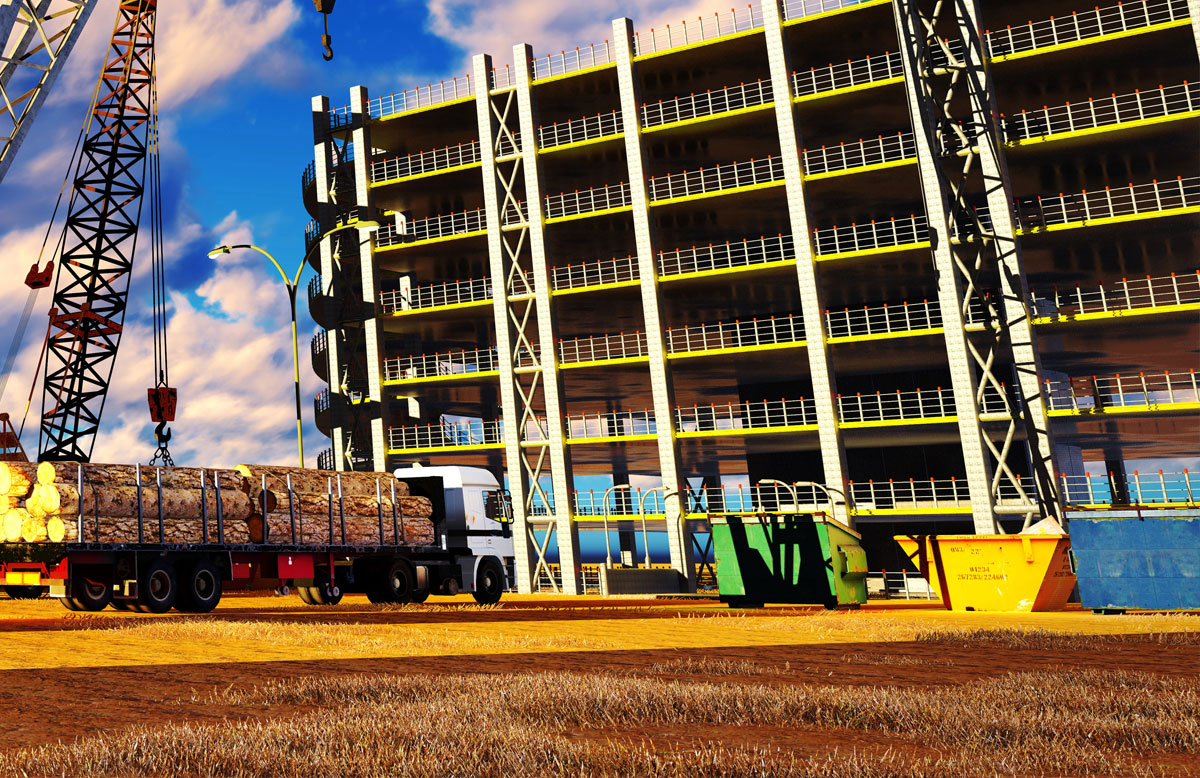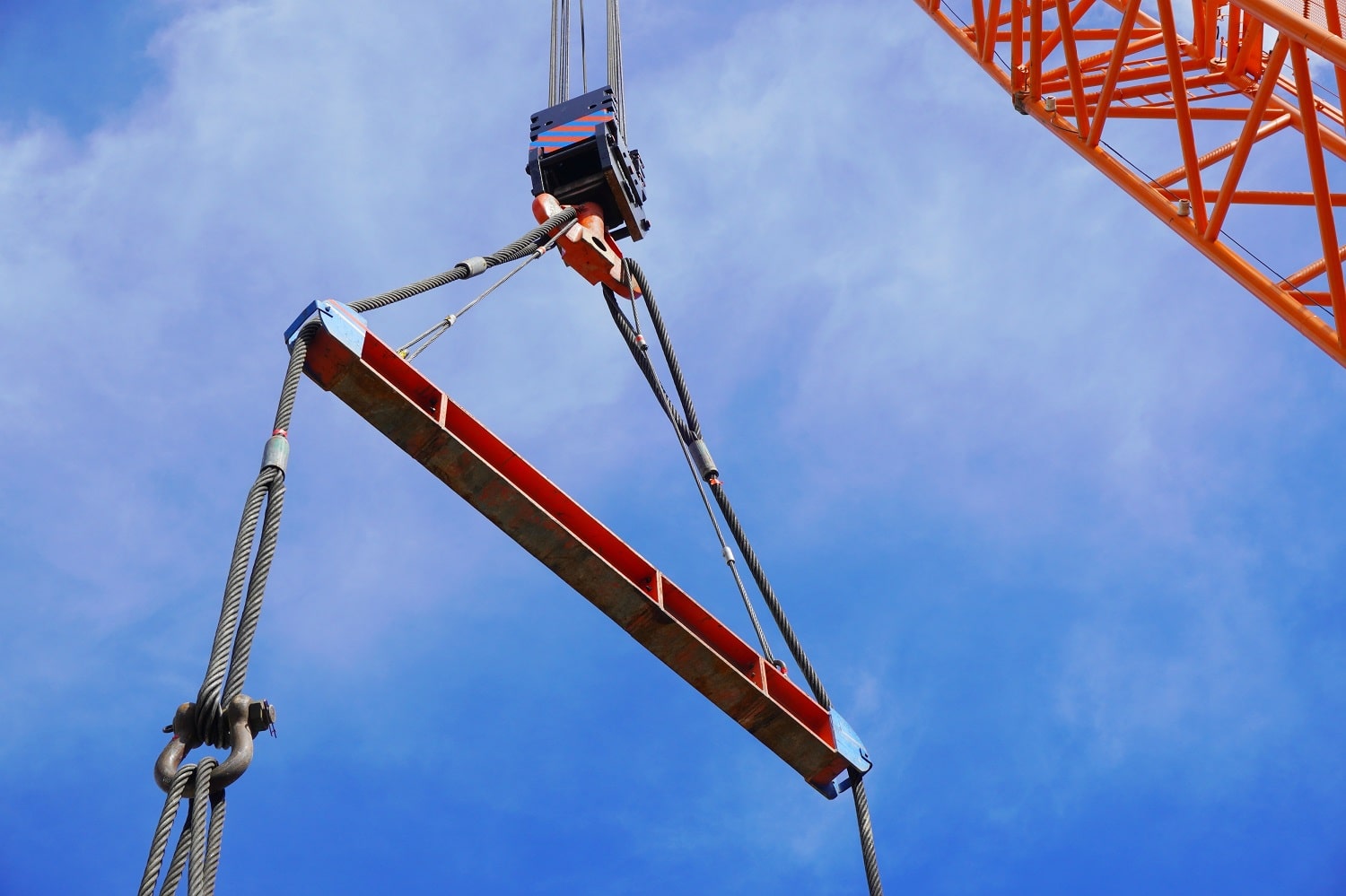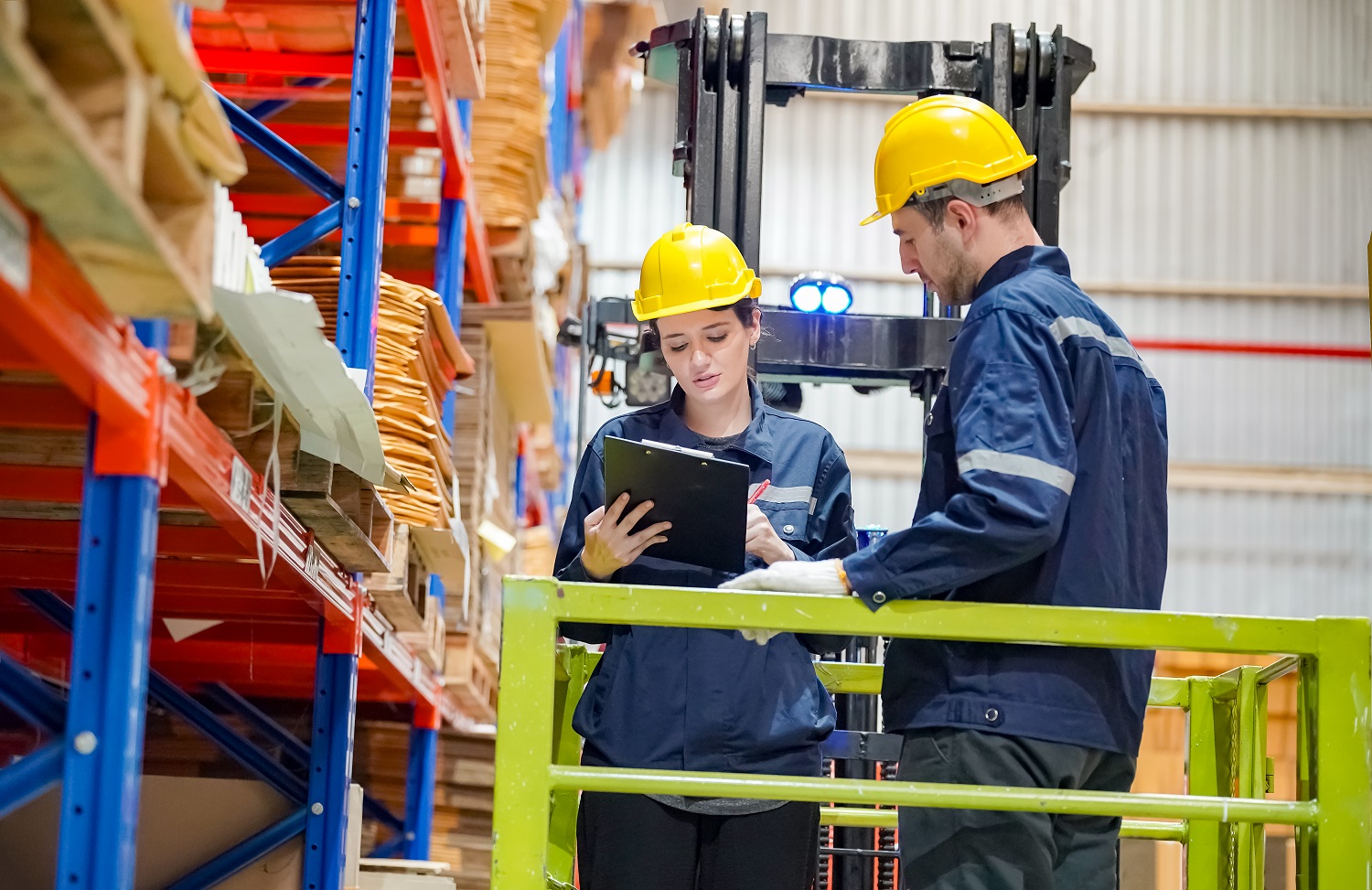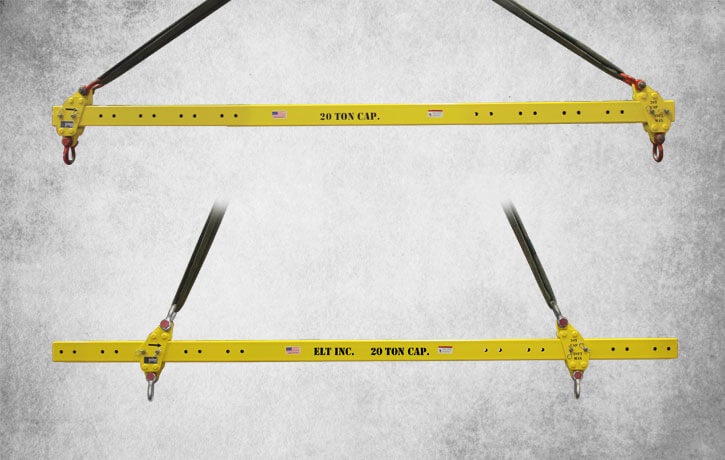What is a Below-the-Hook Lifting Device? Exploring the Different Types and Designs
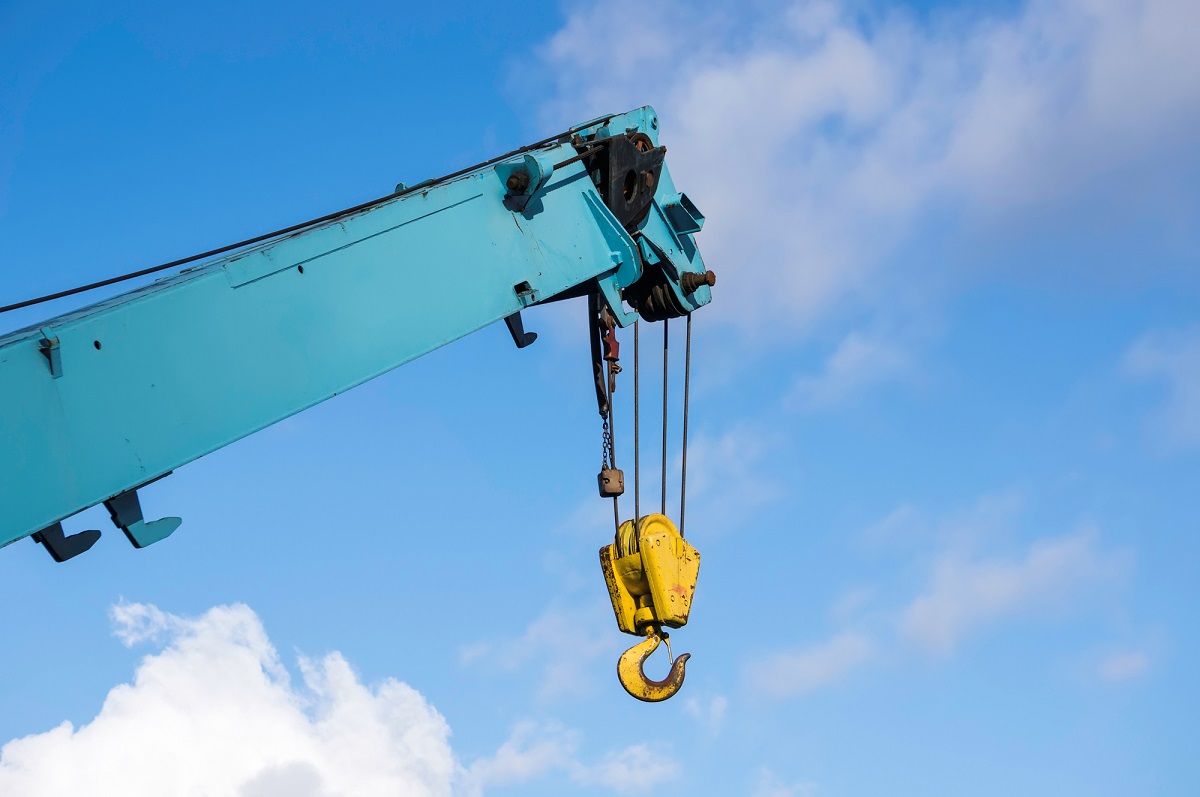
In the complex material handling and logistics world, below-the-hook (BTH) lifting devices have become indispensable tools in day-to-day operations. These devices facilitate the safe and efficient transportation of various types of loads while bridging the gap between cranes, and the material being handled.
Understanding Below-the-Hook Lifting Devices
A BTH lifting device is essentially a mechanical tool that attaches to a crane or another lifting apparatus. It secures a load for safe movement from one location to another. These devices can be mechanical, electronic, hydraulic, or pneumatic, with special controls engineered into their design.
Types of Below-the-Hook Lifting Devices
Different types of below-the-hook devices cater to a wide array of lifting needs. Some of the most common devices include:
- Coil Hooks and Motorized Coil Grabs: For lifting and transporting steel and other coil materials.
- Mechanical Lifters: With two or more parts moving in unison for load attachment.
- Sheet Lifters: Utilizing claw-like mechanisms for handling wood or metal sheets.
- Pallet Lifters: Equipped with a fork for lifting pallets.
- Gripping Lifters: Using pressure to grip loads.
- Beams: Including lifting beams, spreader bars, and spreader beams for load balancing and control.
- Vacuum Lifters: Creating a vacuum for attachment to objects.
- Die Turners: For turning large dies.
- Drum Turners: Used for rotating drums during filling or emptying.
- Magnet Lifts: Employed for carrying ferrous materials with or without electricity.
Customization and Its Importance
Given the variety of loads and conditions, custom-built below-the-hook devices are common. These are engineered to handle specific loads based on size, shape, or center of gravity. Custom devices provide sufficient load control, especially for loads with an unbalanced or offset center of gravity.
Components of Below-the-Hook Lifting Devices
Key components of these devices include:
- Bail: The point where the crane hook engages.
- Lifting Lug: An attachment point for connecting rigging equipment.
- Gusset: A reinforcing plate adding strength to high-stress areas.
- Latch: Used to hold a lifter in position.
Standards and Compliance
Adherence to standards like ASME B30.20 and ASME BTH-1 is crucial. These standards dictate design, marking requirements, and the rated capacity for each device. They also stipulate that devices should bear a name tag or plate indicating vital information such as the manufacturer’s name, weight (if over 100 pounds), serial number, inspection labels, and rated capacity.
Choosing the Right Below-the-Hook Lifting Device
Selecting the right device involves understanding the load type, weight, shape, and the specific environment where the device will be used. Factors like temperature, humidity, and cleanliness play a crucial role in the choice of device.
Operational Safety and Maintenance
Safety and efficiency are the primary reasons for using BTH devices. Regular inspections, adherence to maintenance schedules, and understanding the lifting points on a load are vital for safe operations. Accidents or rigging failures can often prompt the switch to custom lifting solutions.
Environmental Considerations
The working environment significantly influences the design and material choice for BTH devices. High-heat environments, chemically active settings, or outdoor locations may require specific materials like special grades of steel or aluminum, and protective coatings like epoxy paint or powder coats.
Innovations and Future Trends
Technological advancements in materials and design are reshaping the world of below-the-hook devices. Future trends point towards more automated solutions and integration with smart logistics systems.
Below-the-hook lifting devices are a crucial component of modern material handling, offering safety, efficiency, and versatility. Understanding the different types and designs, along with compliance standards, is essential for choosing and maintaining the right equipment for specific lifting needs.

